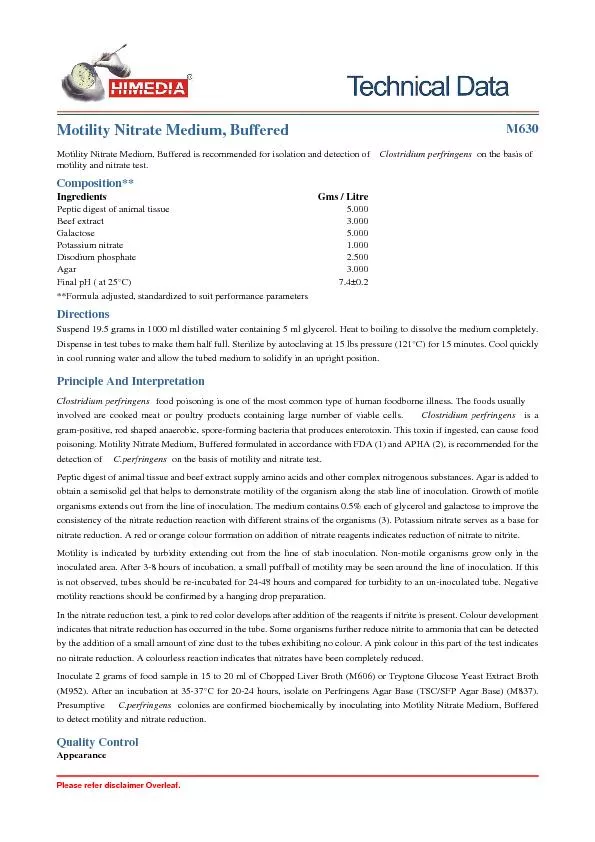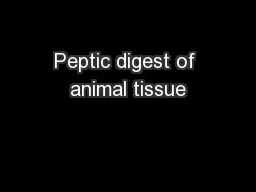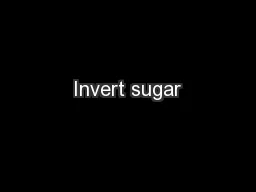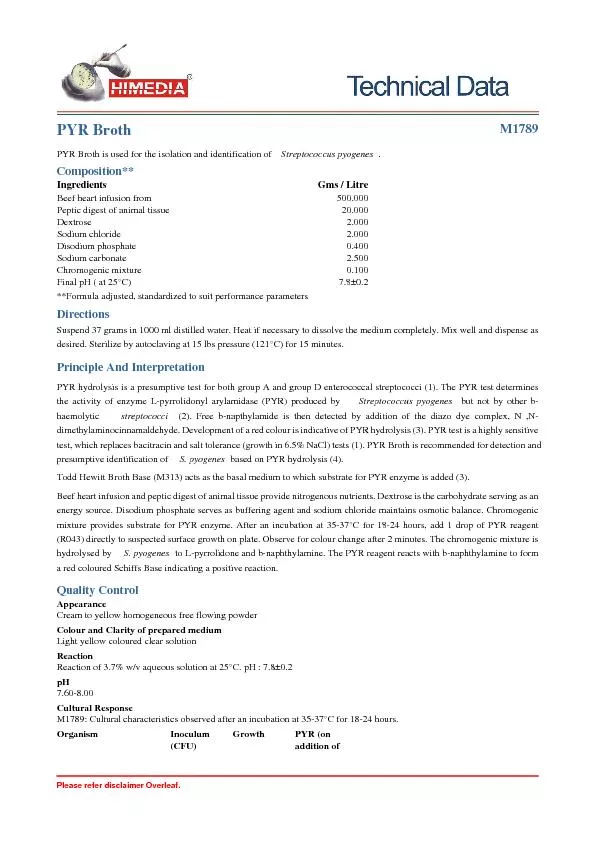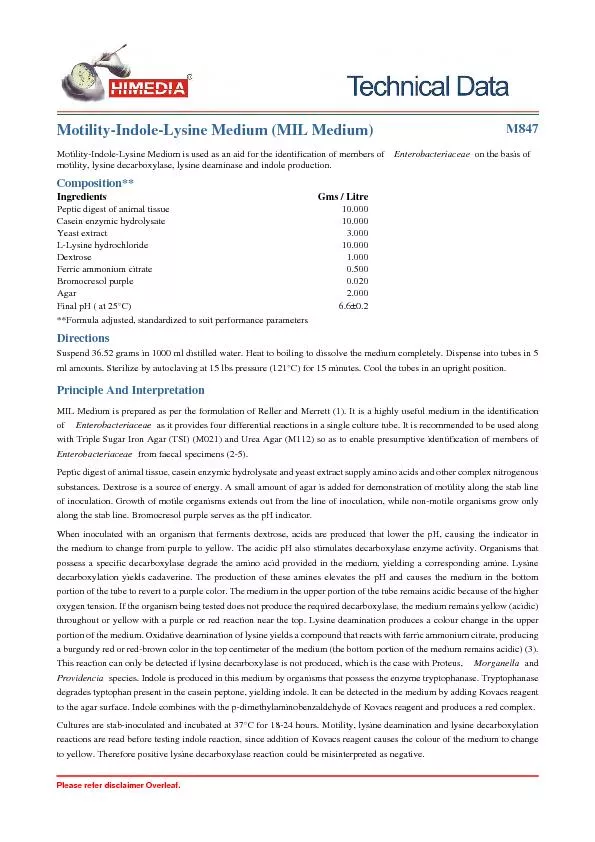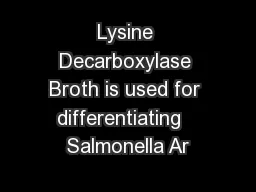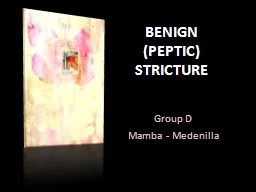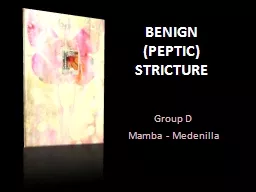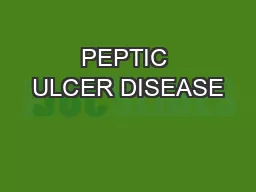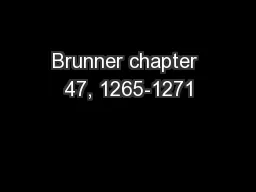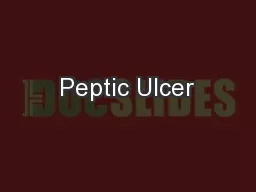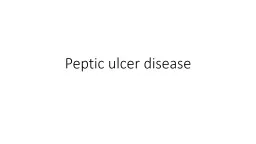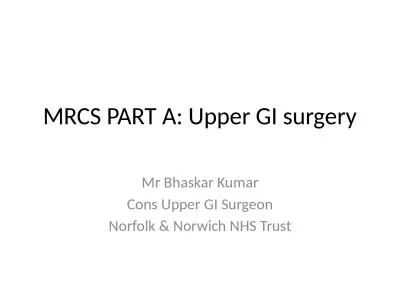PDF-Peptic digest of animal tissue
Author : briana-ranney | Published Date : 2016-06-28
5000 Beef extract 1000 Disodium phosphate 2500 HiMedia Laboratories Technical Data Cream to yellow homogeneous free flowing powderGellingSemisolid comparable with
Presentation Embed Code
Download Presentation
Download Presentation The PPT/PDF document "Peptic digest of animal tissue" is the property of its rightful owner. Permission is granted to download and print the materials on this website for personal, non-commercial use only, and to display it on your personal computer provided you do not modify the materials and that you retain all copyright notices contained in the materials. By downloading content from our website, you accept the terms of this agreement.
Peptic digest of animal tissue: Transcript
Download Rules Of Document
"Peptic digest of animal tissue"The content belongs to its owner. You may download and print it for personal use, without modification, and keep all copyright notices. By downloading, you agree to these terms.
Related Documents

